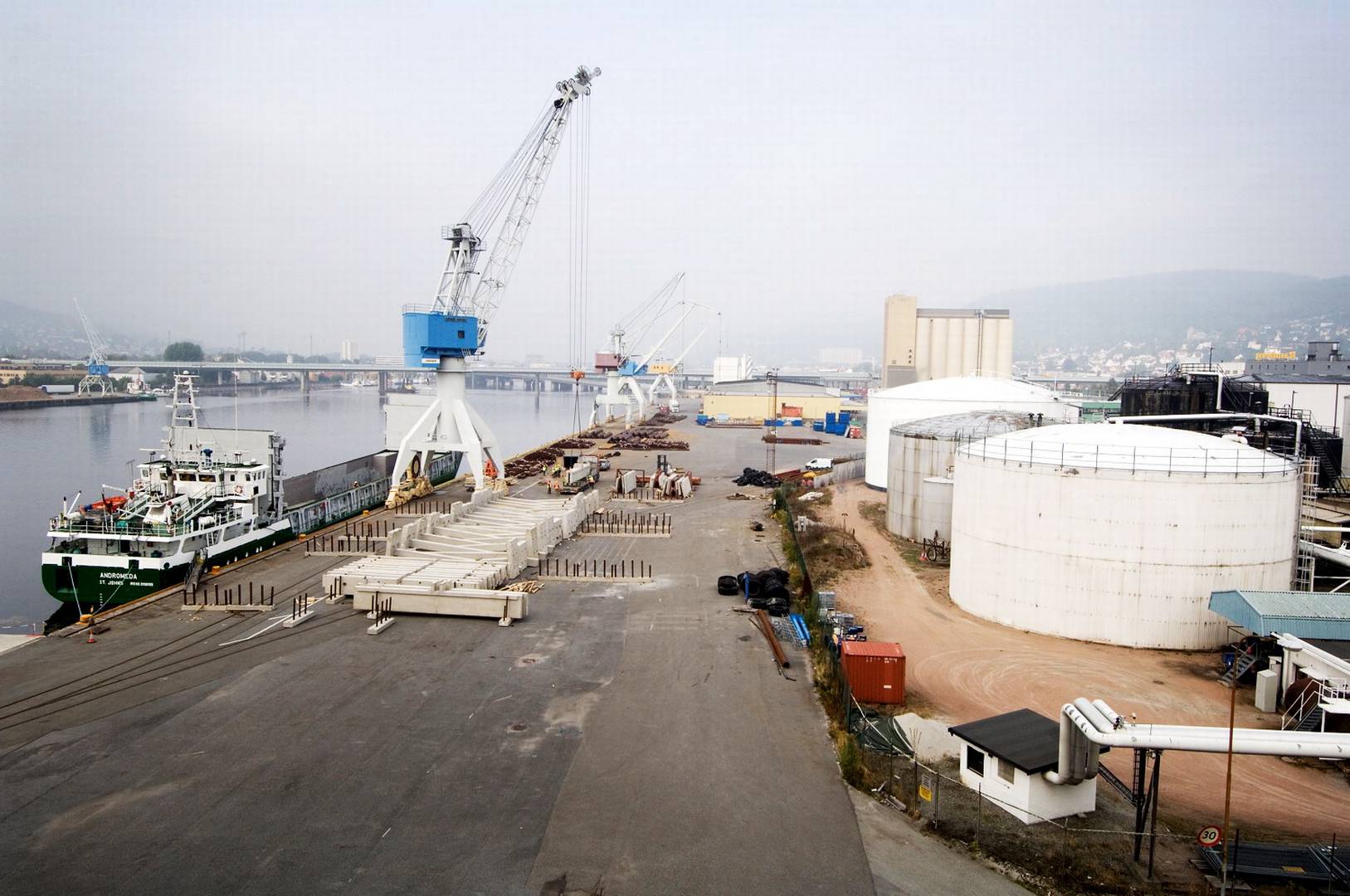The NCA participates in planning and exercises authority pursuant to the Harbour Act, which aims to facilitate good access, safe passage and management of the waters.
Industry's demands for sea transport in door-to-door transport chains are changing, and are driven by the need to reduce costs and lead time. At the same time there are more stringent standards for safety and traceability of goods.
The national port structure provides guidelines for government involvement and future government investments in seaborne and overland infrastructure.
Designated ports
In the Government's transport policy in the National Transport Plan a few ports are identified as important intermodal hubs for domestic and international freight and passenger transport. The National Transport Plan is the strategic plan for the overall transport policy and development of the national infrastructure for all modes of transport.
These ports must have a standard and a cargo volume that provides regular and frequent port calls for general cargo and containers. The national ports must also be integrated into regional transport structures that facilitate efficient and cost-effective transport solutions for industry.
The Ministry of Fisheries and Coastal Affairs has in individual decisions designated the ports Oslo havn KF, Kristiansand havn KF, Stavangerregionen havn IKS, Bergen and the surrounding area port and Tromsø Havn KF as particularly important for developing effective and safe sea transport of passengers and goods.
Trunk network ports
Good connecting roads to ports and safe and effective fairways are a precondition. The infrastructure around the larger terminals are important to distribute the goods in an efficient manner. In the National Transport Plan the government has defined 32 trunk network ports, whereof good overland connections are important for 25, while the remaining seven are sea-sea-based terminals. These ports are connected to the trunk shipping lane that runs along the coast from Svinesund to the Russian border. Which ports that are part of a national transport network and therefore defined as trunk network ports will emerge from the fairway regulations
Other ports
This level includes all other ports, and these will primarily be responsible for serving local communities and on-site industry.
The approximately 600 national fishing harbours are managed by the NCA.
